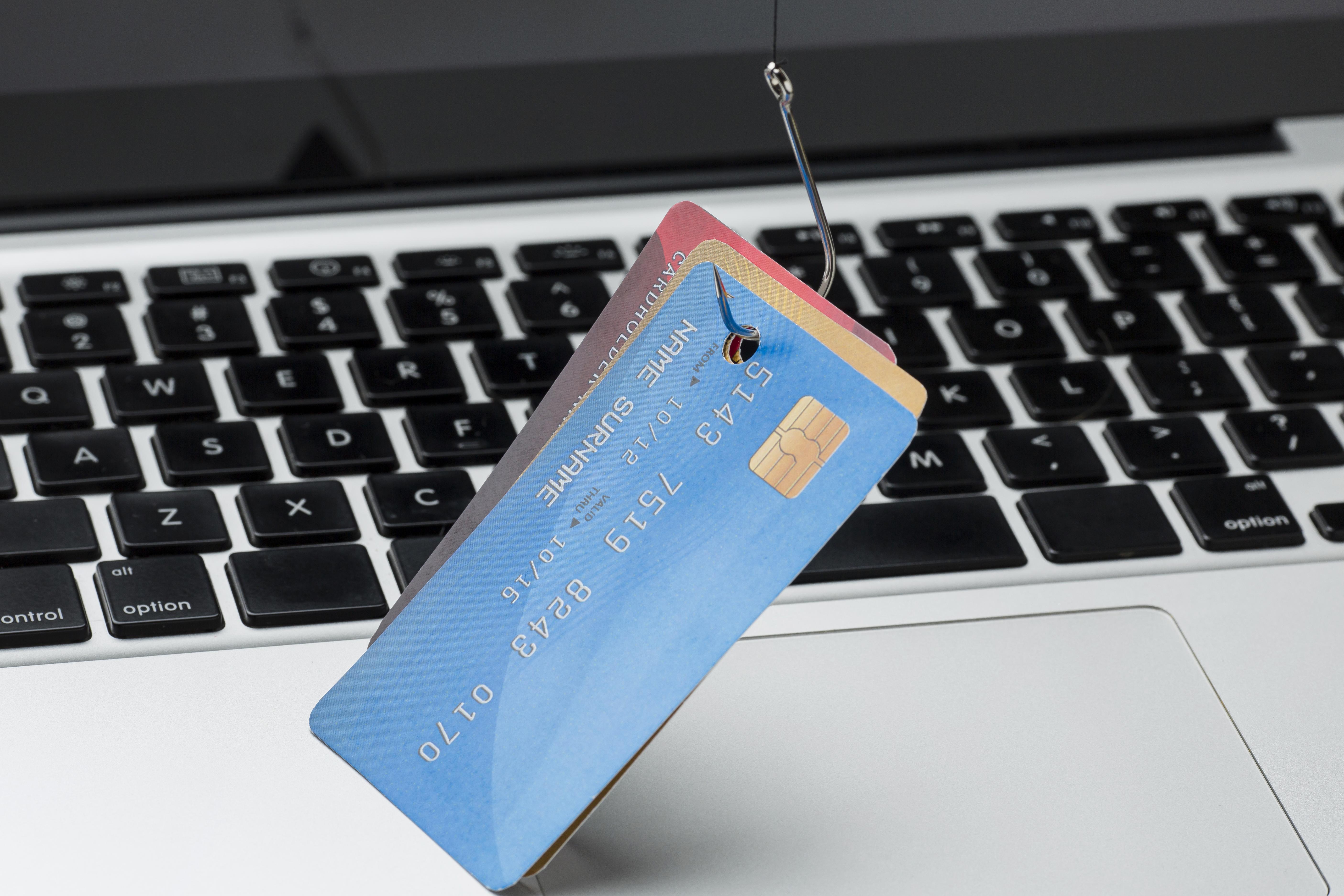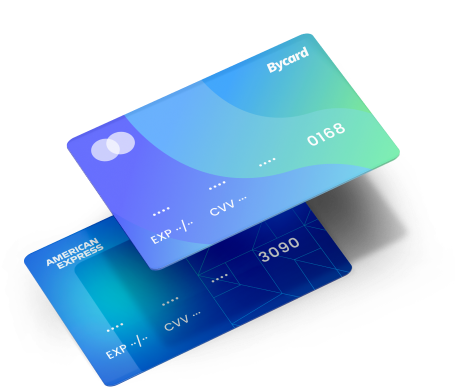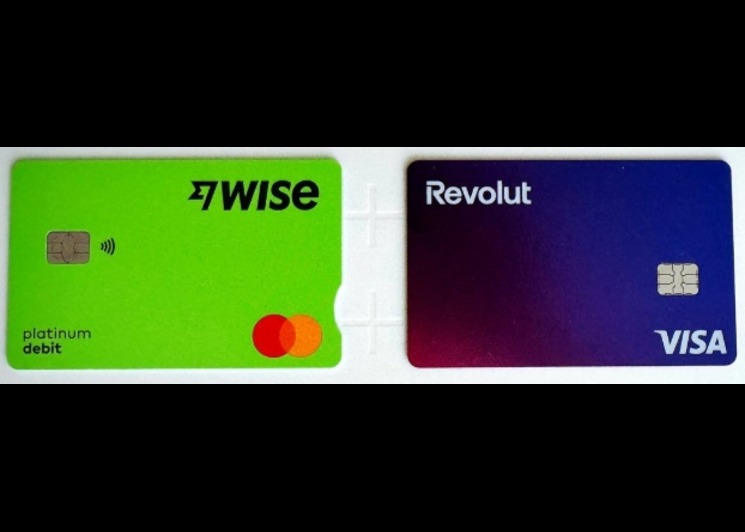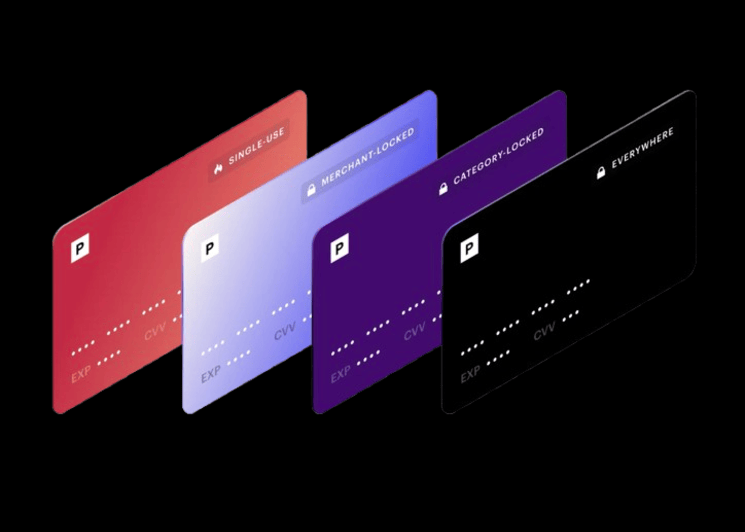Managing Online payment & fraud detection

Online payment fraud is an unauthorised or deceptive online transaction.
The scale is large and still rising. More commerce moves online each year, so attackers follow the money. They test stolen card data, take over accounts, and abuse refunds. They automate scripts and use social tricks. You need a plan that detects bad activity fast and stops loss without blocking good customers. Virtual cards help because they lower exposure and improve control at the point of payment.
What are the most common types of online payment fraud?

The most common types include attacks you can name and spot.
Each method exploits a weak point in checkout, billing, or support. Here are the big ones you will face, with plain-English notes on how they work.
- Card-not-present (CNP) fraud
Attackers use stolen card details on web or in-app checkouts. No physical card is swiped. Small test authorizations often come first, then bigger tickets. Real time monitoring should flag clusters of low-value tests and new device fingerprints.
- Chargeback and friendly fraud
A buyer claims they did not make a purchase, or that goods did not arrive, and requests a reversal. Some are genuine disputes. Some are abuse. You win more cases when you keep clean logs, device data, delivery proof, and strong fraud detection notes.
- Subscription abuse and refund fraud
Free trials roll into paid plans, then bad actors deny knowledge or loop refunds. Others open many low-value accounts to harvest perks. Track velocity per device and per payment token. Use virtual cards to contain exposure.
- Account takeover (ATO)
Stolen passwords unlock saved cards in shopper accounts or app wallets. You see logins from new locations, password reset bursts, or changes to shipping details. Block with multi-factor login and device reputation checks.
- Phishing and social engineering
Fraudsters pose as support agents or couriers. They ask for one-time codes or card details. Teach your team and your customers what you will never ask for. Add real time data alerts when payment settings change.
How do modern fraud detection methods work?
Modern fraud detection uses data and rules to spot risk early.
The goal is to act before money leaves, not after refunds pile up. You combine machine logic with human review for edge cases.
1) Machine learning and AI scoring
Models learn from labeled history. They score each attempt using hundreds of signals, such as device, IP, BIN, amount, and past outcomes. High-risk scores route to step-up checks. Low-risk scores pass fast.
2) Anomaly detection and risk rules
Rules catch clear patterns. Anomalies catch the weird stuff. You watch for odd hours, new countries, and spend spikes. You apply thresholds that match your business.
3) Behavioral and device fingerprinting
Typing cadence, scroll patterns, and sensor data help spot bots. Device IDs help you link many sessions to one actor. Combined, they raise your signal quality.
4) Strong customer authentication (SCA)
3D Secure, OTP, and MFA add a quick challenge when risk runs high. Keep it real time. Use risk-based triggers to avoid excess friction for trusted buyers.
5) Real-time monitoring vs batch analysis
You need both. Real-time monitoring stops loss at checkout. Batch reviews find slow leaks and refund loops. Together they raise accuracy and lower false positives.
How do virtual cards reduce online payment fraud?

Virtual cards reduce fraud by shrinking your attack surface.
They replace a single long-lived card with many short-lived or merchant-locked numbers. That cuts the blast radius of any breach.
✔ One number per merchant or per transaction: A unique number means a leak at one vendor does not endanger others. You see clean mapping from charge to supplier.
✔ Built-in caps and expiry dates: Set daily and monthly limits. Add an end date for trials. These controls stop silent renewals and runaway charges..
✔ Instant disable and replace: If something looks wrong, you freeze the card and create a new one in seconds. Operations keep moving while risk stays low
✔ Less data to steal: You never expose a main card. Tokenization and wallet use reduce plain-text data. That helps with PCI scope and breach fallout.
✔ Better metadata for fraud detection:Per-card tags, issuer and BIN data, and usage frequency form strong signals. You feed those signals to your fraud detection logic for sharper decisions.
How do you balance fraud detection with user experience?
You balance both by matching friction to risk.
Over-zealous filters block good buyers. Loose filters leak money. The fix is targeted checks and clear recovery paths.
– Cut false positives with risk-based checks
Step up only when the score is high or the pattern looks odd. Use 3DS challenges on large orders or first-time devices. Let trusted buyers pass with a soft check.
-Keep checkout short and clear
Short forms convert. Explain why an extra step appears. Use SMS sparingly; prefer app or authenticator prompts where possible.
-Use virtual cards to reduce friction
Virtual cards move security upstream. Caps, merchant locks, and expiry lower fraud before checkout. That means fewer hard stops and fewer manual reviews.
How should teams design a fraud program that works?
1)Set goals and guardrails
Pick target approval rates and loss limits. Choose response times for reviews. Track false positives as a core KPI.
2)Build a signal stack
Combine device, behavior, history, and real time data from payments. Use labels from refunds and disputes to retrain models each week.
3)Close the loop with operations
Document a playbook. Freeze, replace, notify, and recover. Keep a weekly report on fraud saves, approvals, and customer impact.
How do virtual cards, debit cards, and wallets work together?
They work together when each plays its best role.
Use virtual cards for online merchants, subscriptions, and vendors. Use debit cards for in-person purchases, ATM cash, and backup. Use a digital wallet in browsers and phones for secure, tokenized payments. Together, they deliver control, speed, and strong signals for fraud detection.
Where does Bycard fit in this picture?
Bycard helps teams lower fraud and keep payments live.
You issue an instant virtual card per merchant or workflow. You lock it to that merchant. You set caps and an expiry date. You get real-time monitoring with alerts for first charges, amount spikes, and decline clusters. You freeze and replace a card in seconds if anything looks off. You export clean logs for disputes and audits. Bycard’s structure creates strong signals for online payment fraud scoring while keeping checkout fast for trusted buyers.

Perfect Card for running ads!

Conclusion
Bycard helps teams lower fraud and keep payments live.
You issue an instant virtual card per merchant or workflow. You lock it to that merchant. You set caps and an expiry date. You get real-time monitoring with alerts for first charges, amount spikes, and decline clusters. You freeze and replace a card in seconds if anything looks off. You export clean logs for disputes and audits. Bycard’s structure creates strong signals for online payment fraud scoring while keeping checkout fast for trusted buyers.







